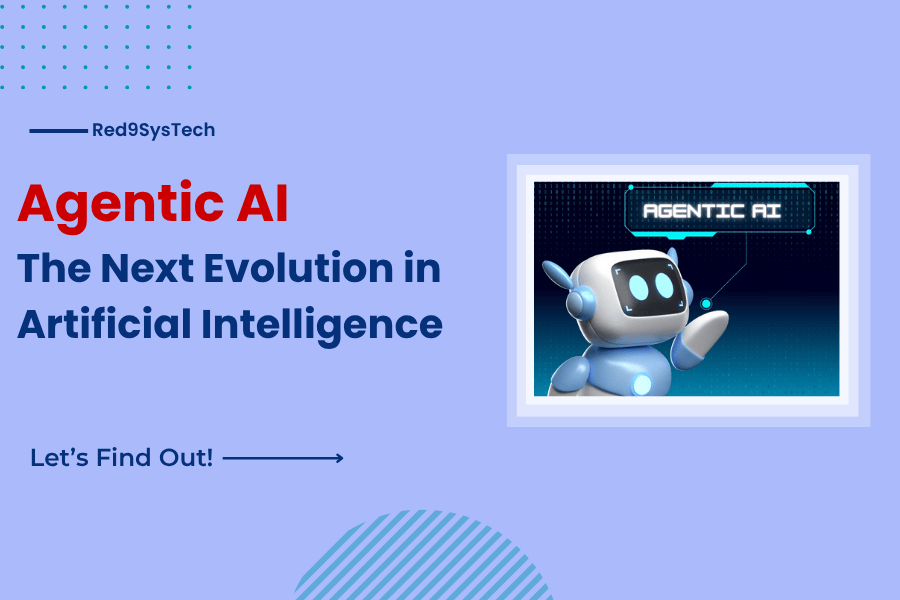Agentic AI – Building Machines That Think, Decide & Act
As Artificial Intelligence continues to advance, a powerful new frontier is emerging — Agentic AI. Unlike traditional AI models that passively follow commands, Agentic AI represents a new wave of intelligent systems that act as autonomous agents, with goals, reasoning, memory, and even self-reflection.
From AI assistants capable of handling entire workflows to autonomous agents making decisions in complex environments, Agentic AI is the next giant leap in the evolution of artificial intelligence.
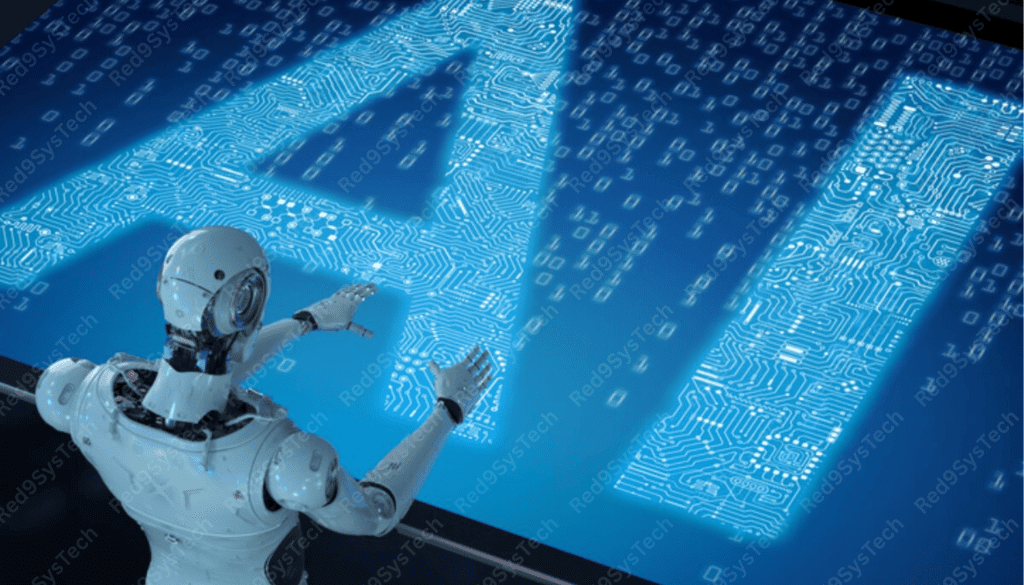
What is Agentic AI?
Agentic AI refers to AI systems that act as intelligent agents, capable of pursuing goals autonomously, making decisions, and adapting to changing environments.
Key Characteristics:
Goal-Directed Behavior: Sets and pursues its own objectives.
Memory & Reflection: Stores experiences and learns from them.
Reasoning: Makes complex decisions without human intervention.
Autonomy: Acts independently within a defined boundary.
These agents don’t just execute tasks—they plan, adapt, and evolve, making them ideal for use cases in robotics, personal AI assistants, autonomous research, and multi-agent collaboration systems.
How Does Agentic AI Work?
Agentic AI integrates several advanced technologies and principles:
Multi-Modal Input: It processes data from text, speech, images, and video.
Long-Term Memory: Remembers past interactions and uses them to inform future decisions.
Planning & Reasoning Modules: Breaks down goals into subtasks and executes them with logic.
Self-Evaluation: Can assess its own actions and adjust its behavior accordingly.
Environment Awareness: Can sense and adapt to changes in real-time.
Agentic AI is often built on Large Language Models (LLMs) like GPT, with added modules for memory, goal tracking, and contextual reasoning.
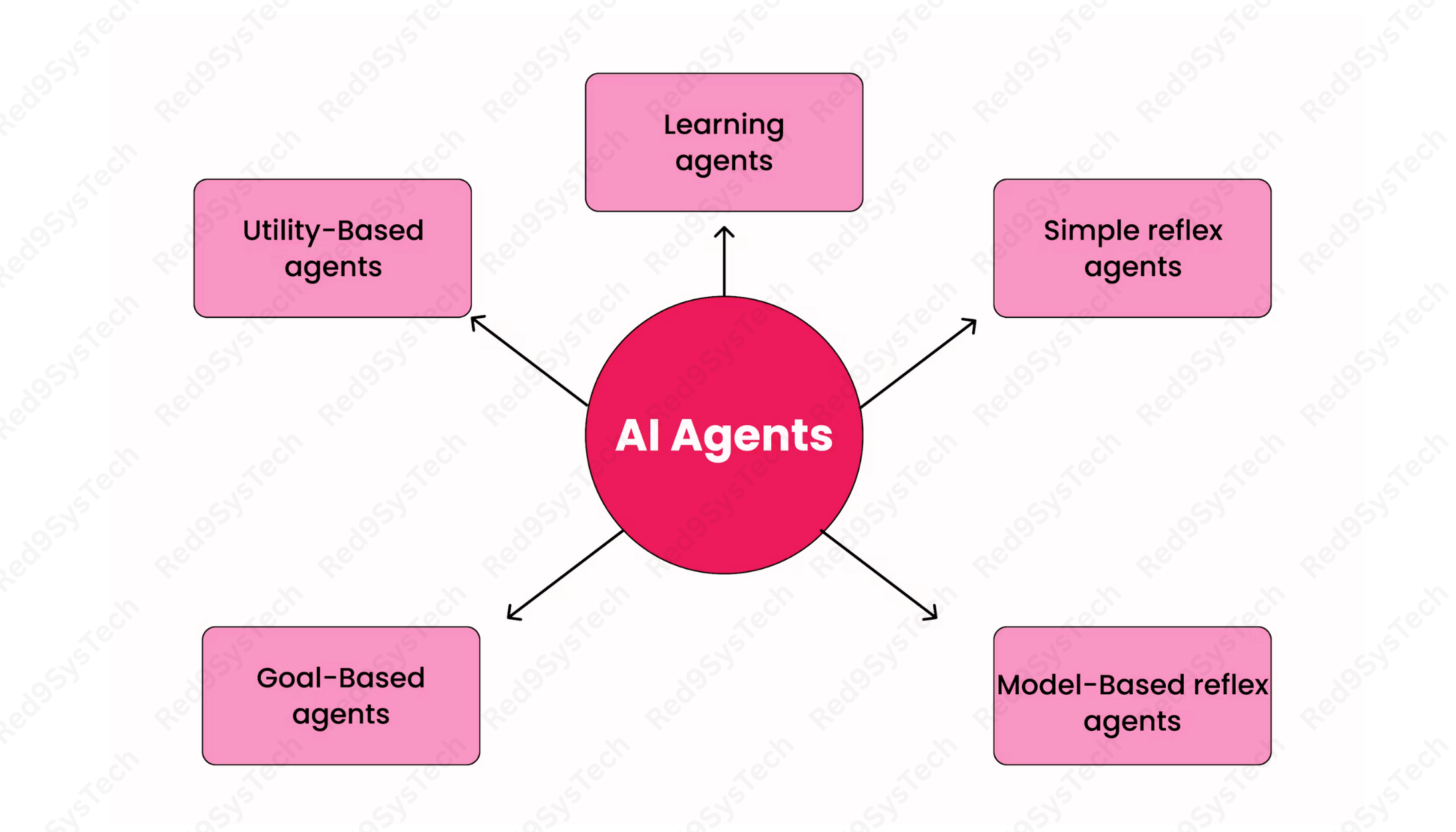
Key Differences – Agentic AI vs Traditional AI
| Feature | Traditional AI | Agentic AI |
|---|---|---|
| Role | Task Performer | Autonomous Agent |
| Behavior | Reactive | Proactive & Goal-Oriented |
| Learning Scope | Static or supervised | Adaptive with memory & self-reflection |
| Use Cases | Chatbots, image recognition | Autonomous workflows, robotics, simulations |
| Decision-making ability | Rule-based or limited prediction | Dynamic, self-driven planning |
Traditional AI answers questions. Agentic AI asks its own questions—and finds the answers.
Learn more about Traditional AI vs Agentic AI.
Real-World Applications of Agentic AI
Autonomous Personal Assistants
Smart agents that can plan your schedule, send emails, and handle complex queries without instruction.
Examples: AutoGPT, Personal GPT agents.
Enterprise Automation Agents
Automate full business processes like customer onboarding, report generation, or lead nurturing.
Scientific Research Agents
Autonomous researchers that explore hypotheses, read papers, and run experiments.
Robotics & Simulation
Robots that can navigate real-world environments, make choices, and adapt to obstacles autonomously.
As Agentic AI matures, it will transform industries by replacing static automation with living, learning systems.
Explore top applications of Agentic AI.
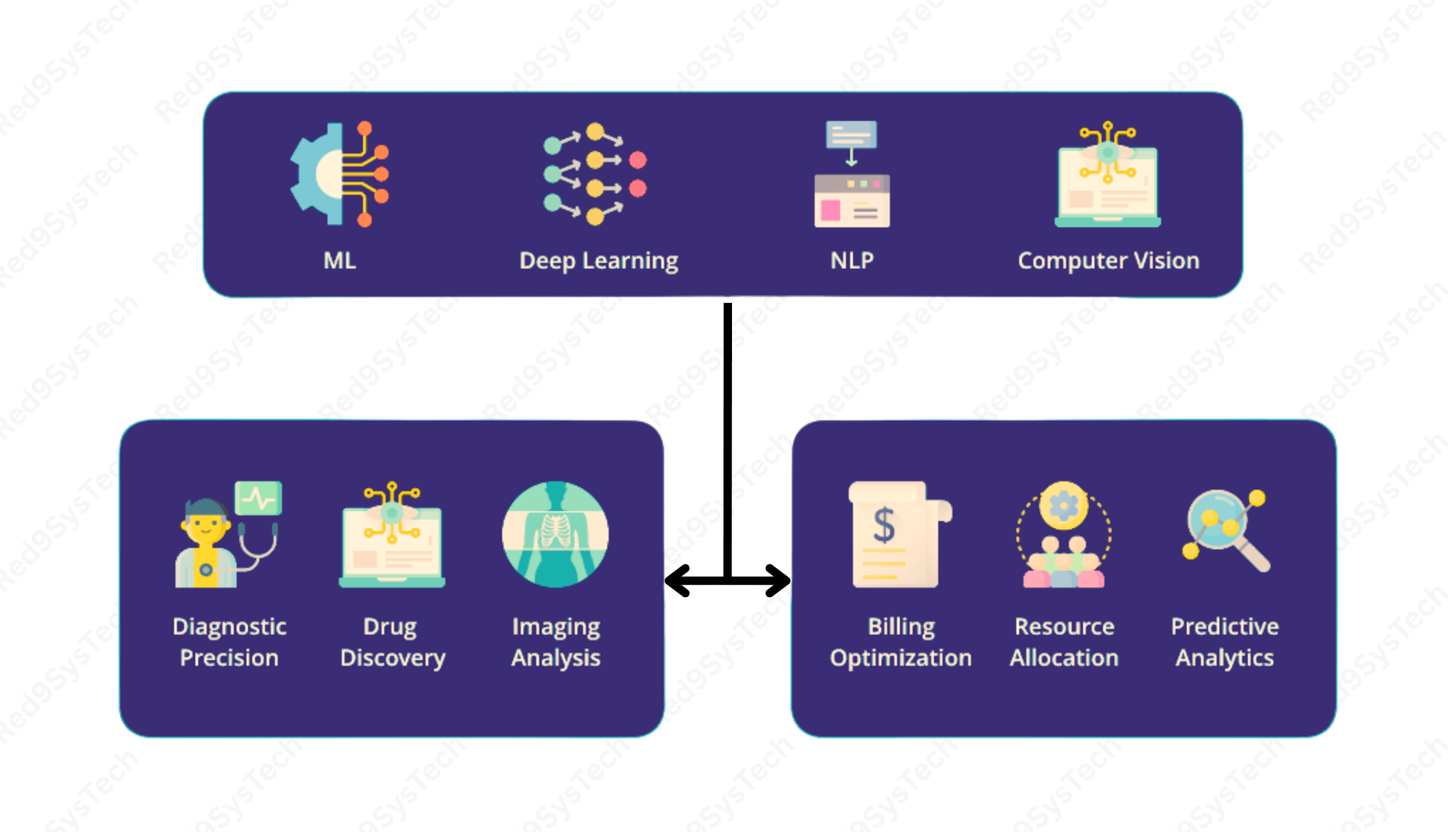
Challenges & Ethical Concerns in Agentic AI
Alignment with Human Values
How do we ensure the AI’s goals match human intentions?
Autonomy vs. Control
Too much autonomy can lead to unpredictable behavior.
Memory & Privacy
Storing long-term interactions raises serious privacy concerns.
Computational Complexity
Agentic AI systems require massive resources and infrastructure to operate.
Addressing these challenges will be critical for the safe deployment of Agentic AI systems in the real world.
Read more on Responsible AI & Safety Guidelines.
Future of Agentic AI
The future of Agentic AI is bright — and revolutionary.
What’s Next?
Collaborative Multi-Agent Systems: Groups of agents solving problems together.
AI Operating Systems: Platforms like OpenAI’s AutoGPT and Google’s Gemini powering intelligent agents.
Human-Agent Symbiosis: AI working alongside humans, adapting to goals in real-time.
Regulations & Governance: New laws will shape how much autonomy AI can possess.
The real power of Agentic AI lies in its potential to co-pilot the future — not just assist us, but truly collaborate with us.
Stay ahead with Red9Systech’s Future of AI Insights.
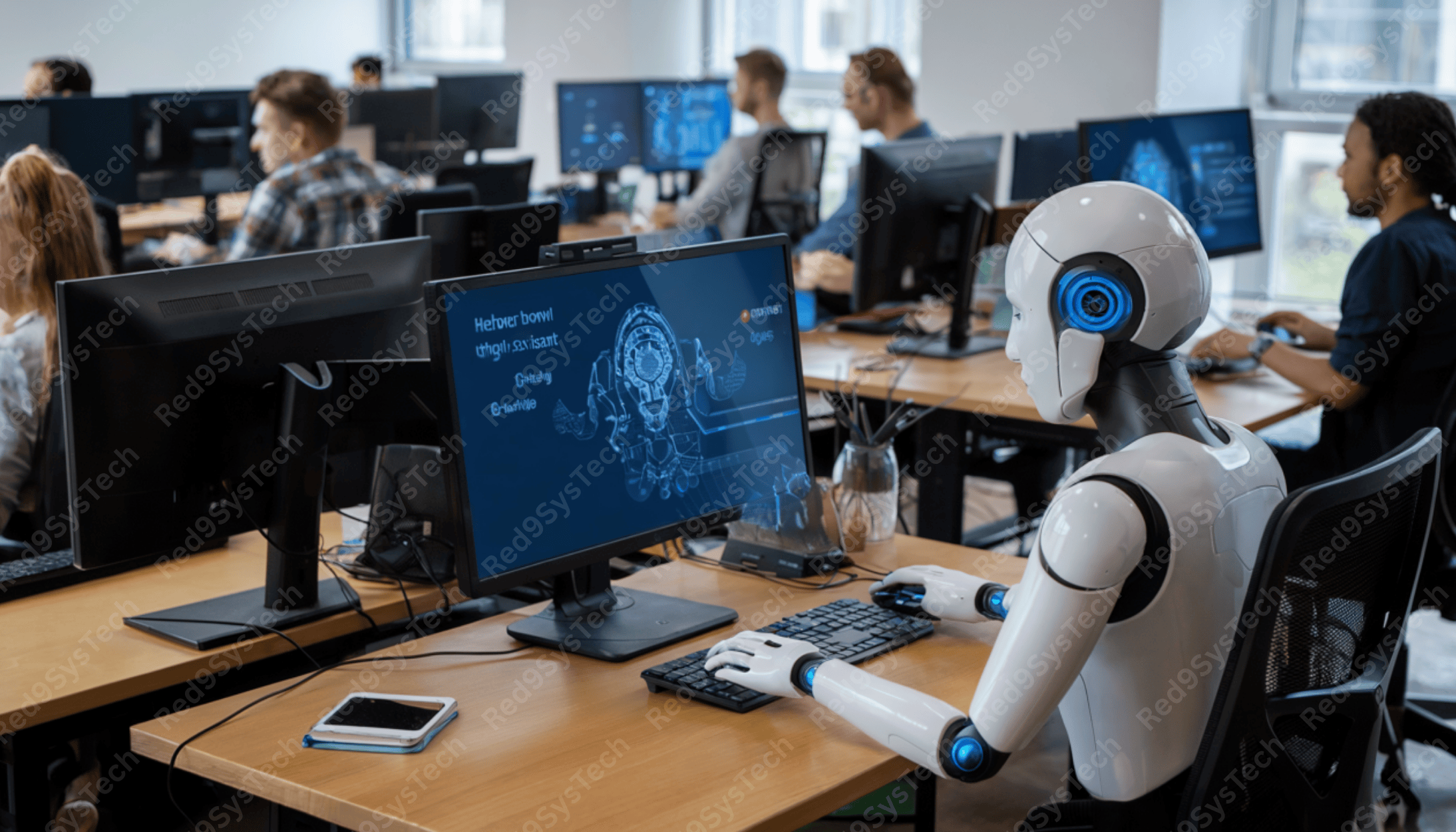
Conclusion
Agentic AI is more than an upgrade—it’s a paradigm shift. These intelligent, autonomous systems are opening doors to machines that can think, act, and learn like agents, pushing AI into uncharted territory.
But with great power comes great responsibility. Challenges around ethics, alignment, and control will need innovative solutions.
As we move forward, embracing Agentic AI responsibly can transform industries, redefine productivity, and even reshape human potential.
Start your journey into the world of Agentic AI with Red9Systech.



